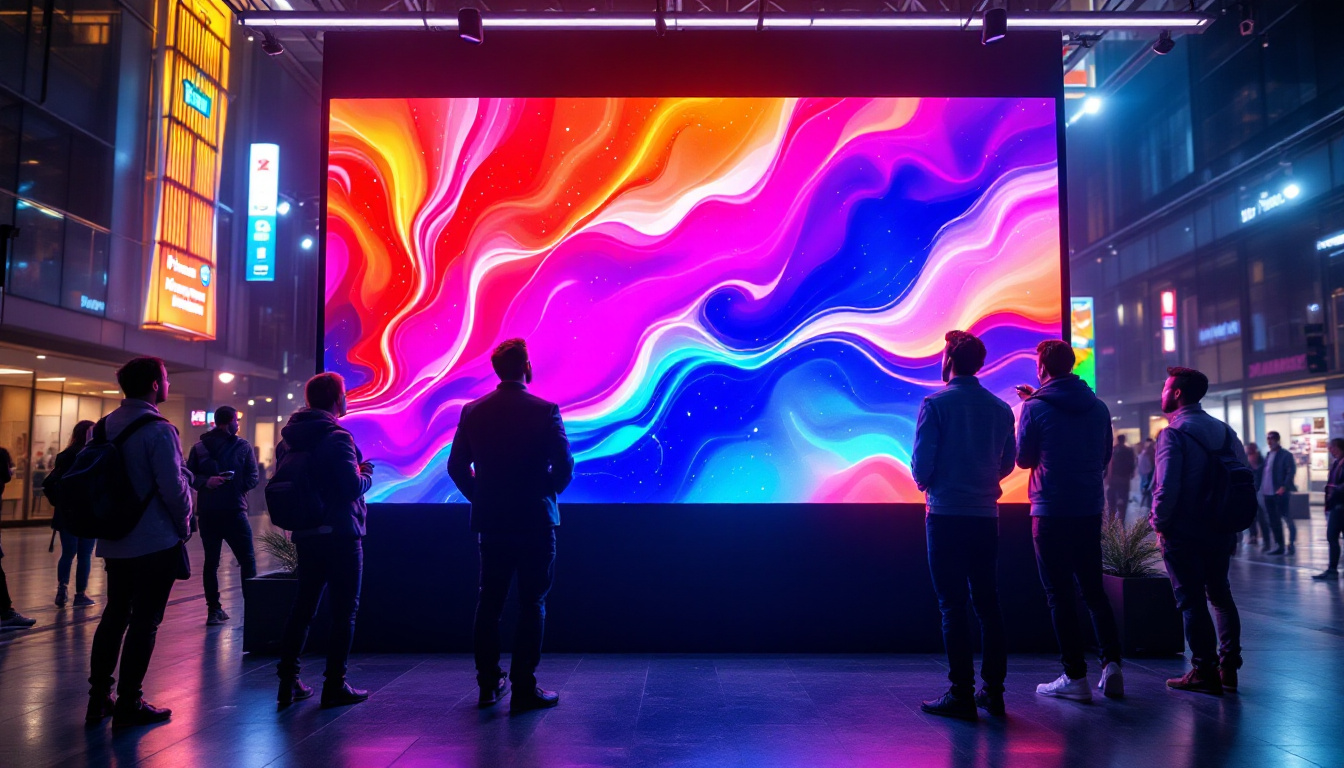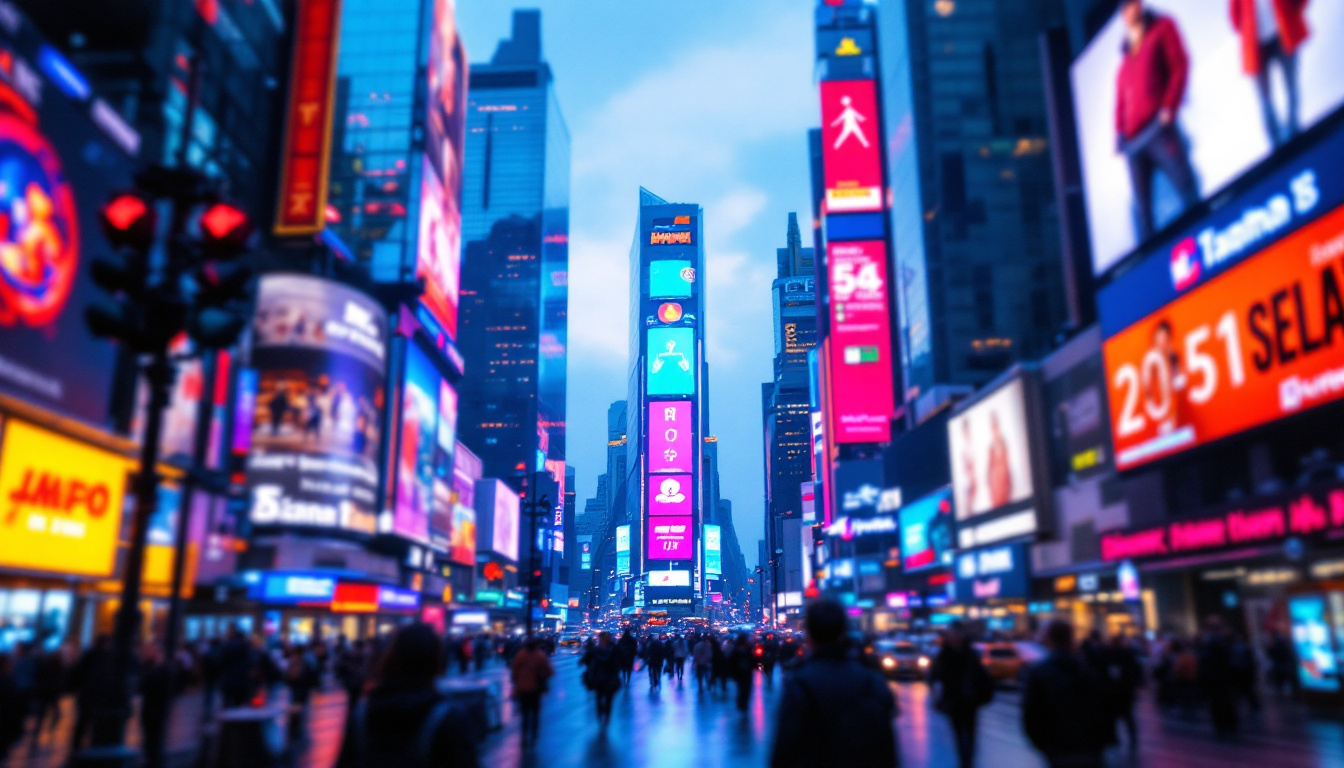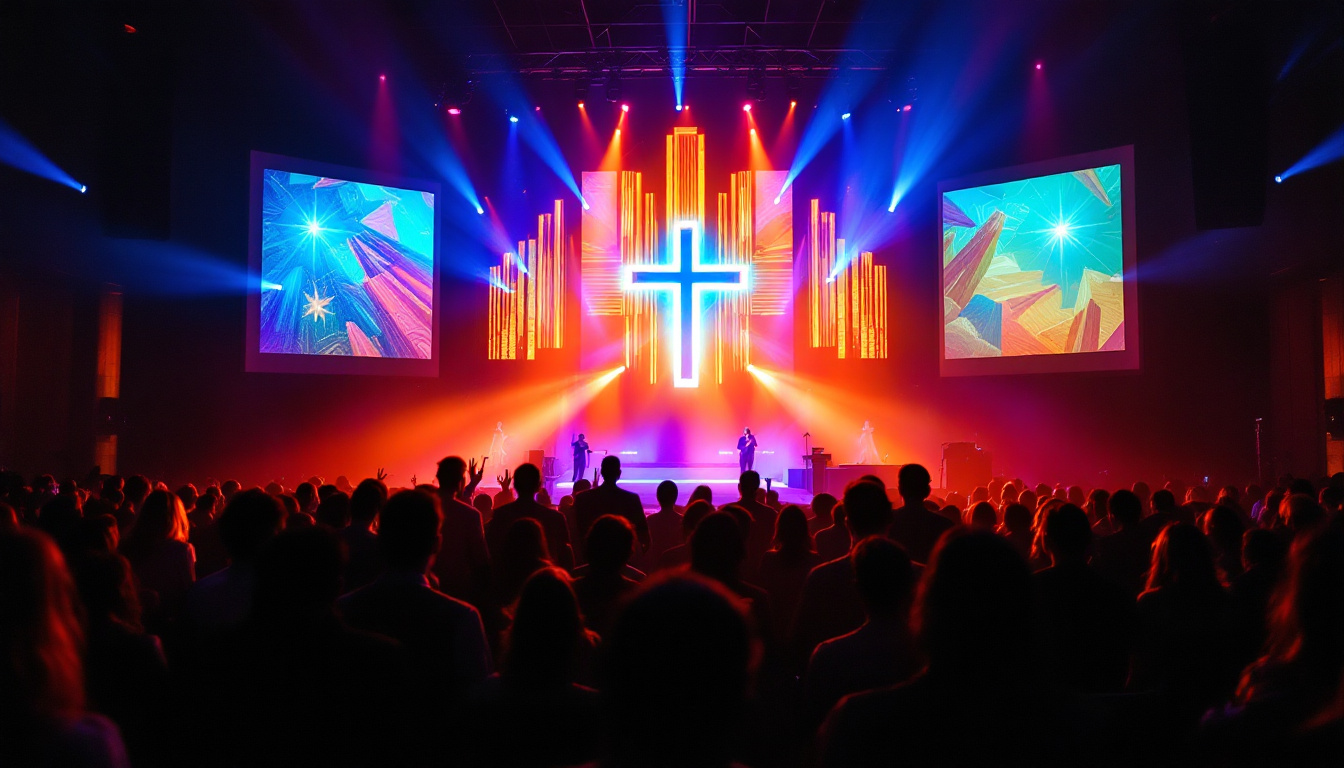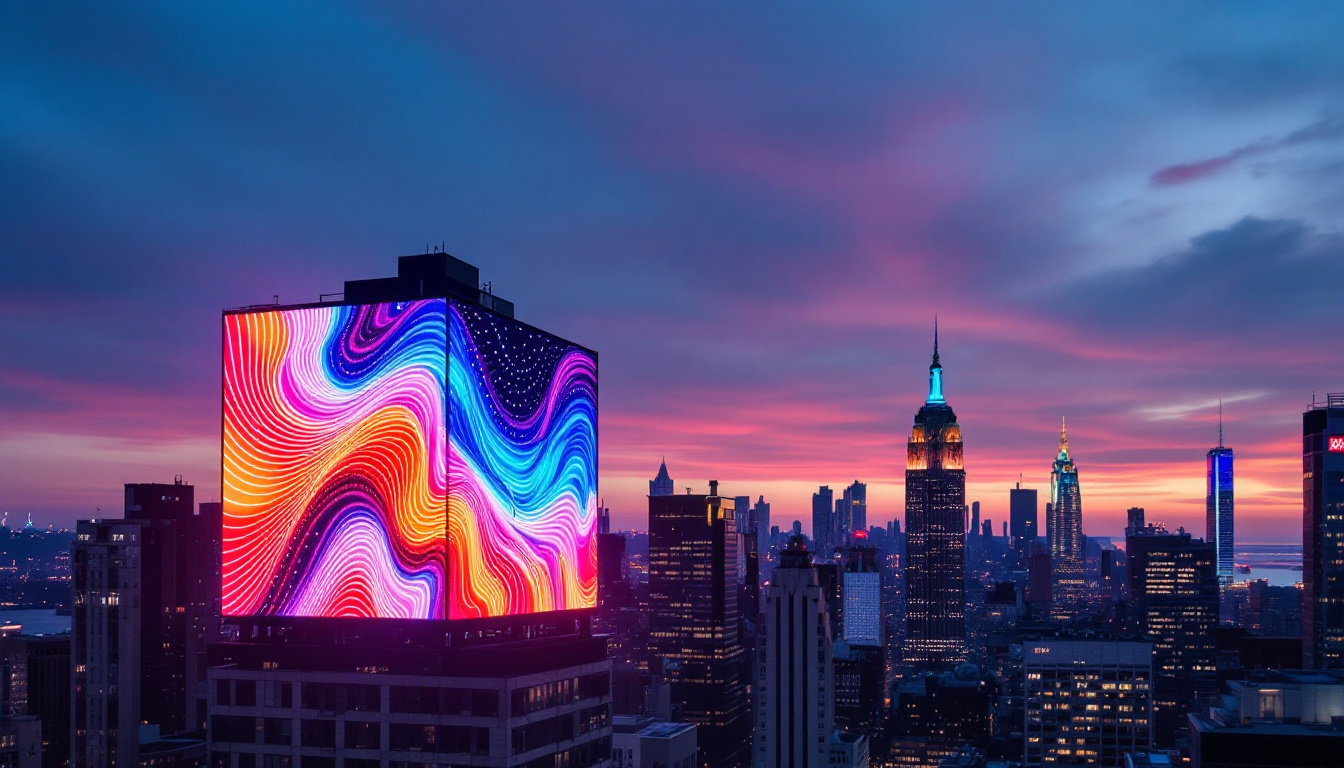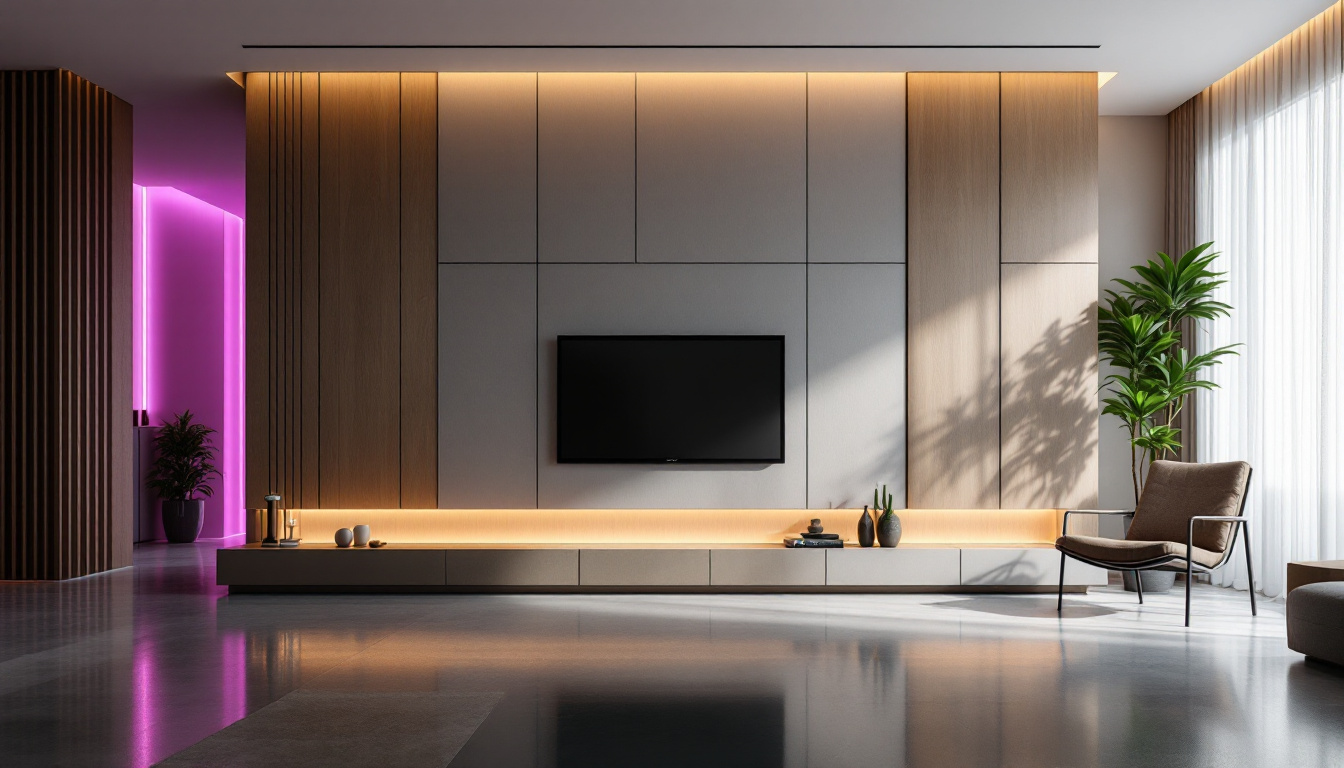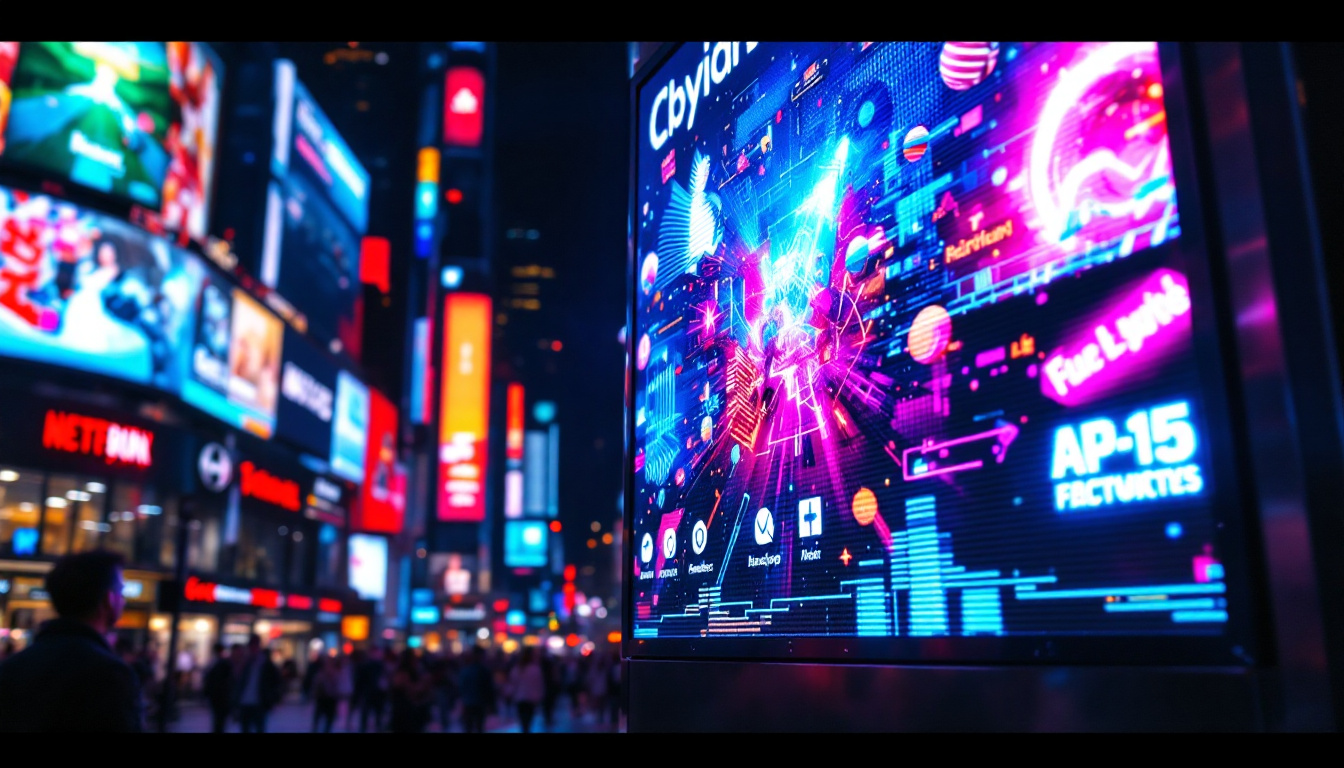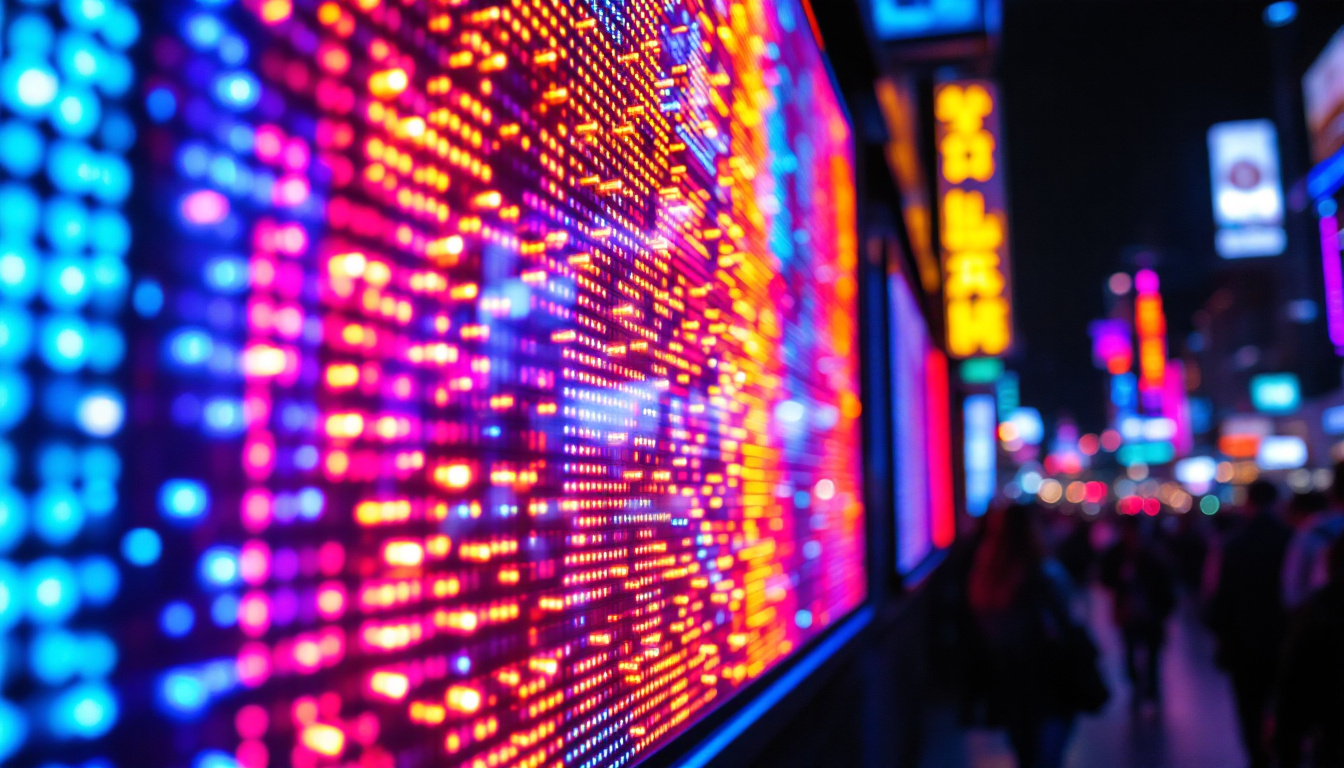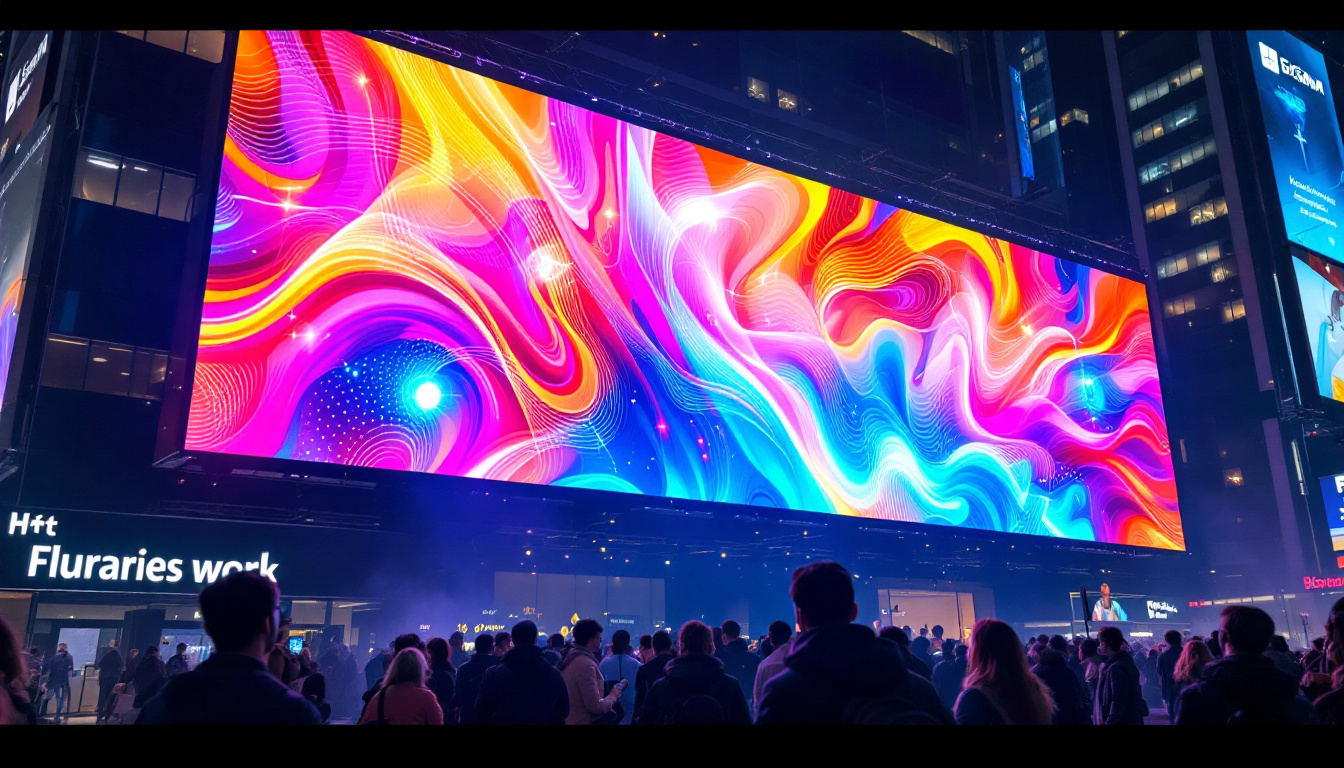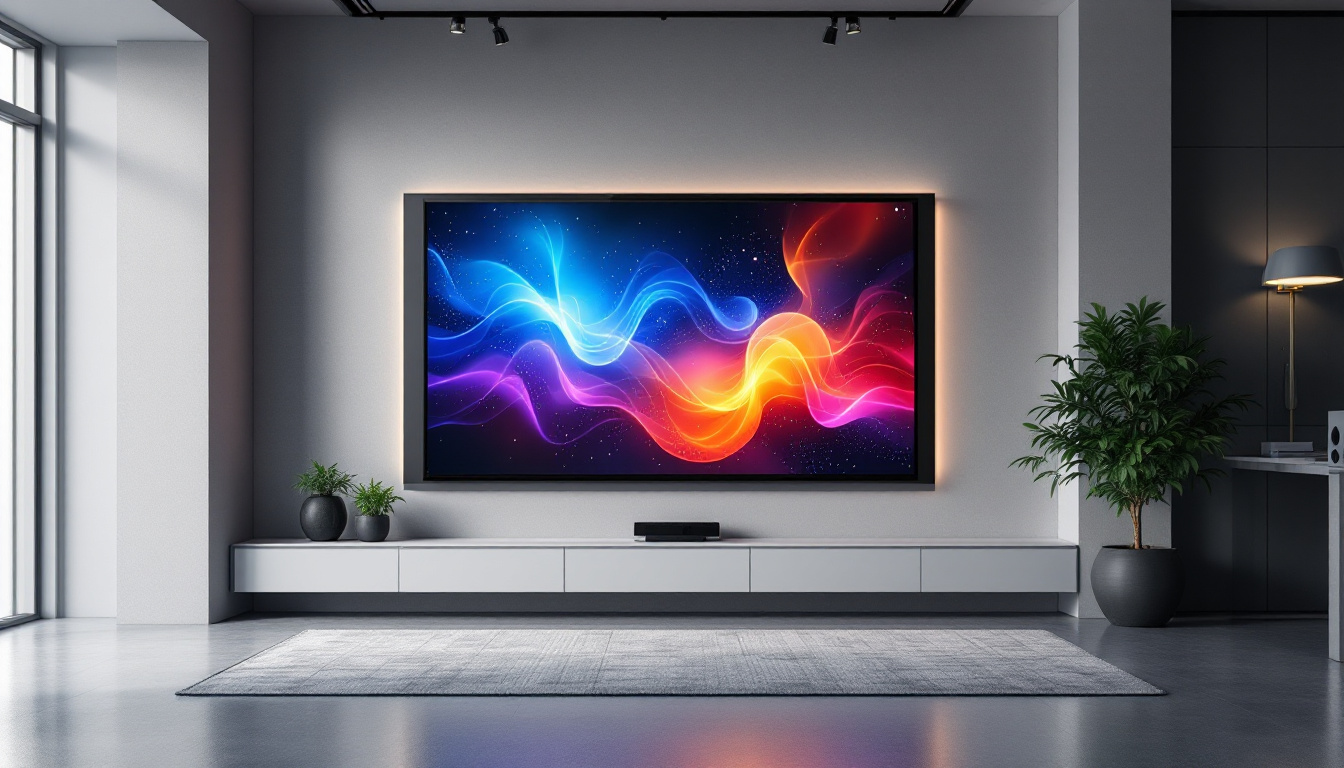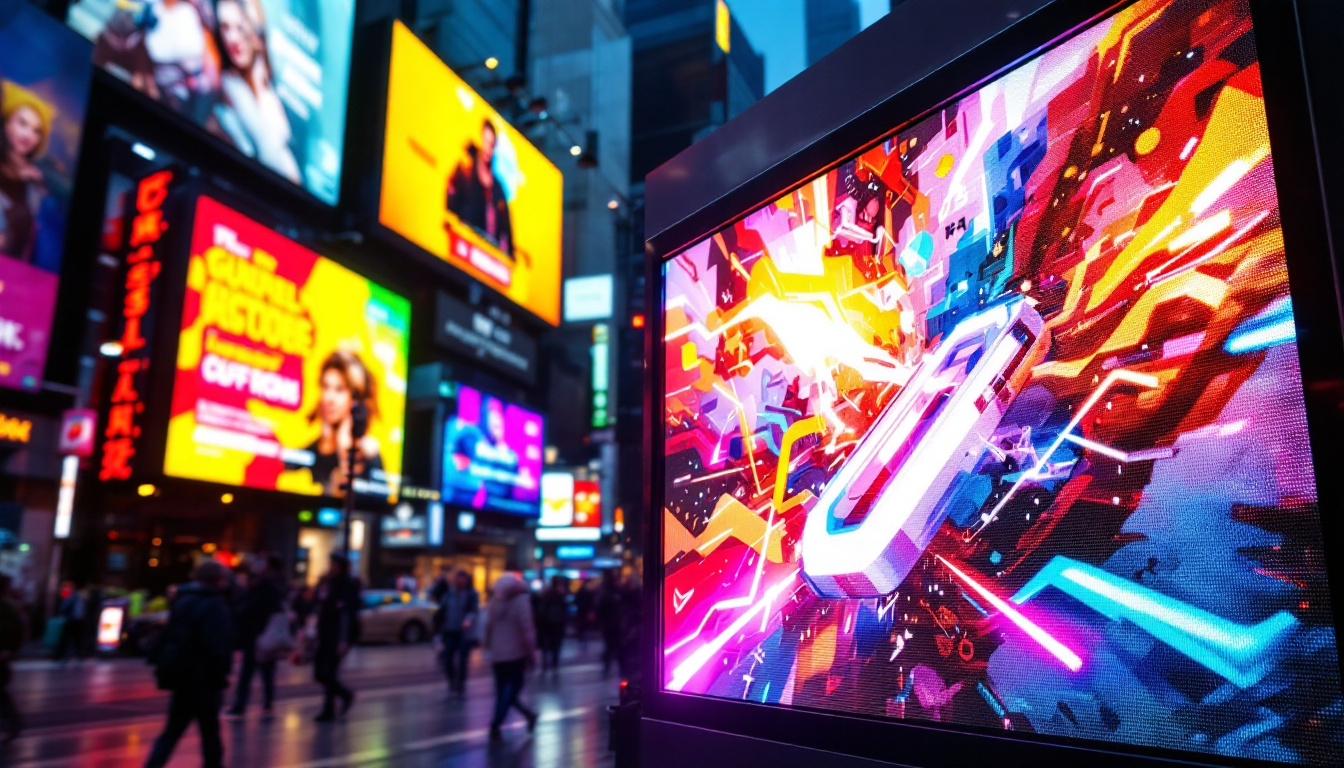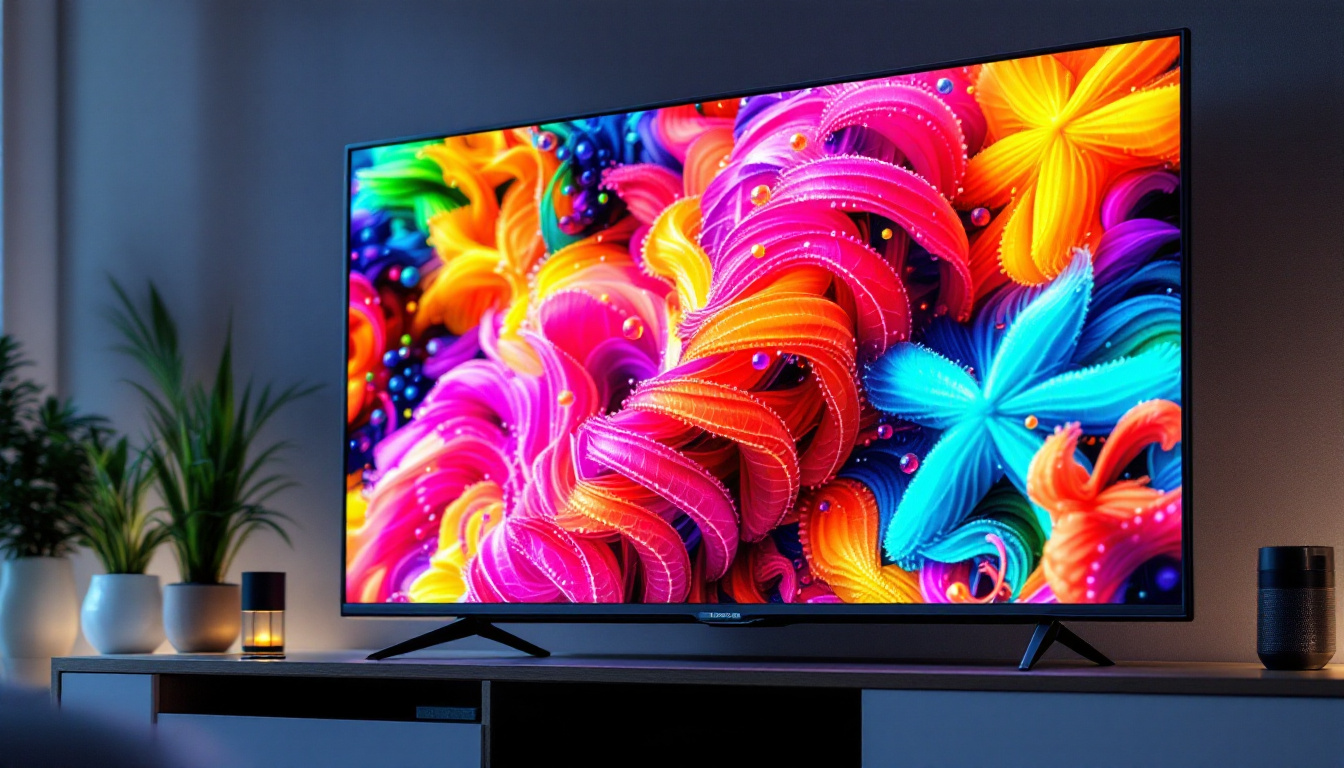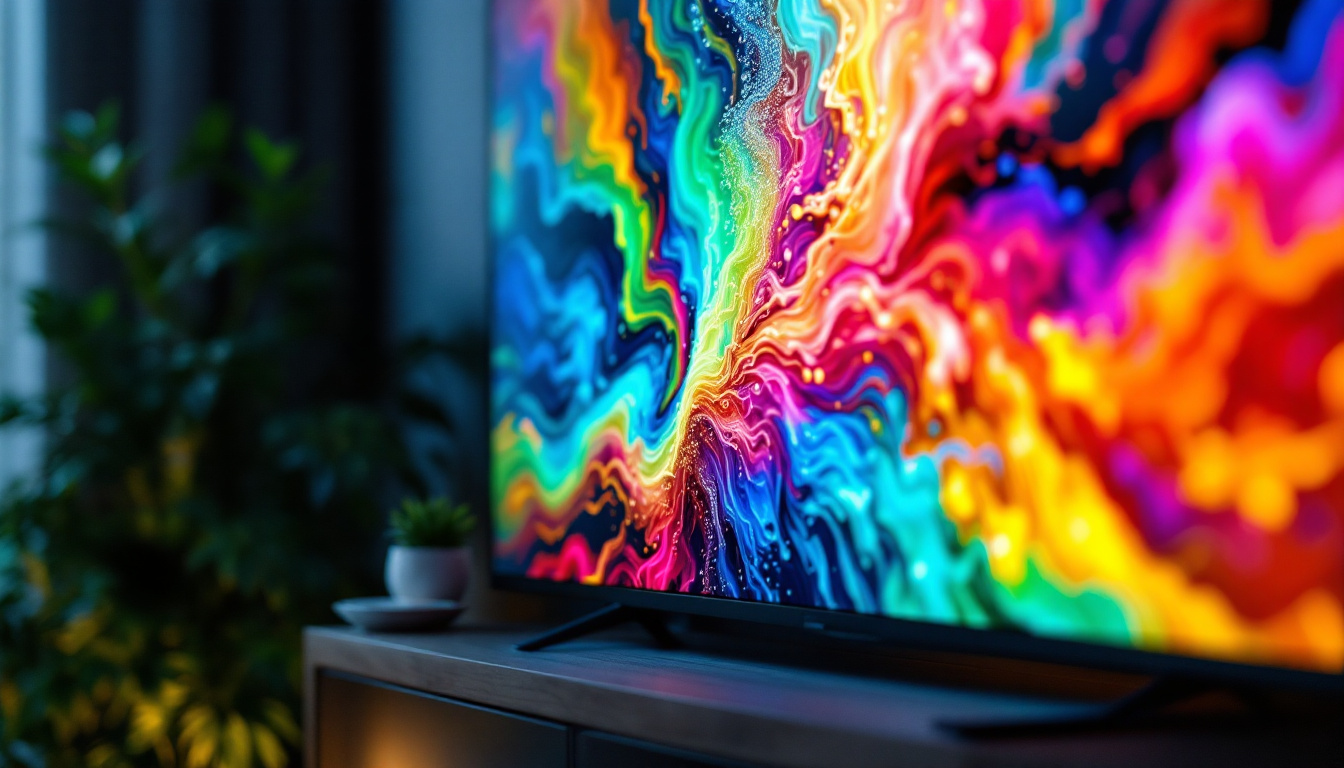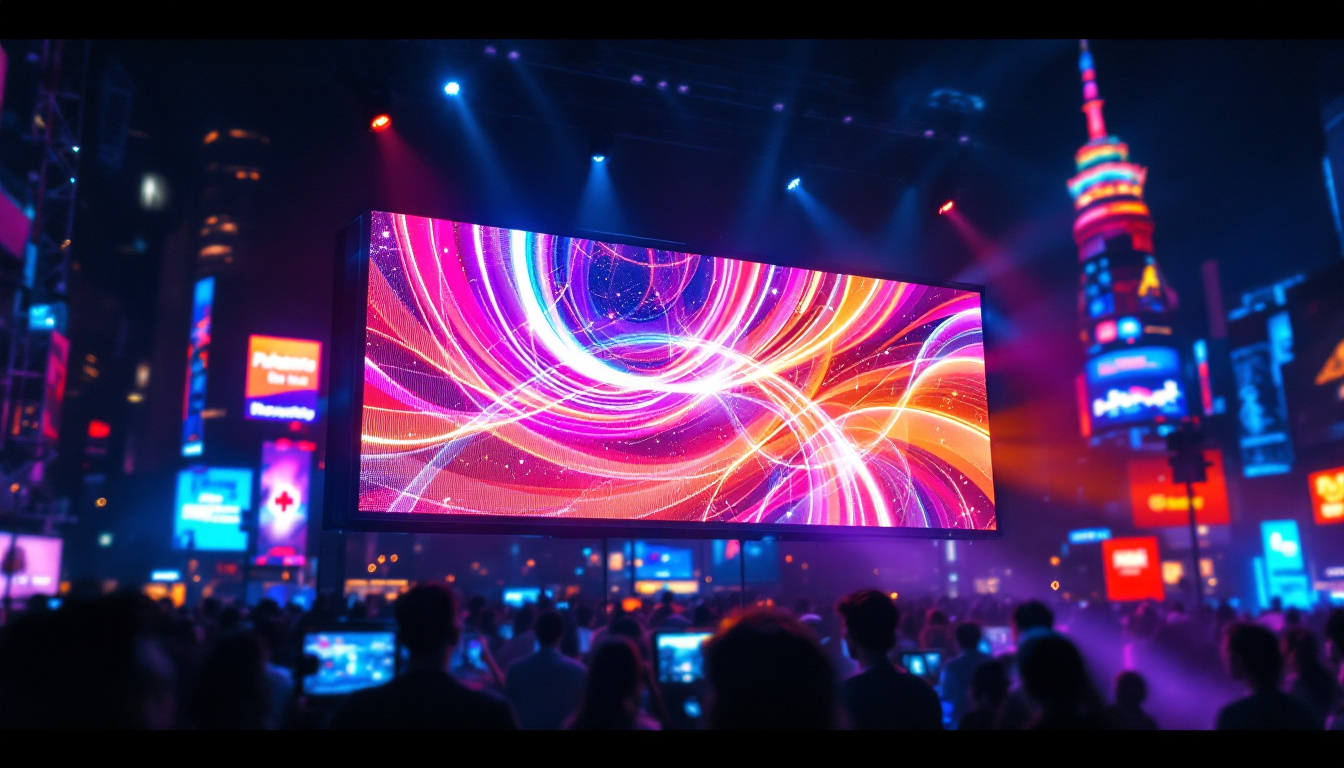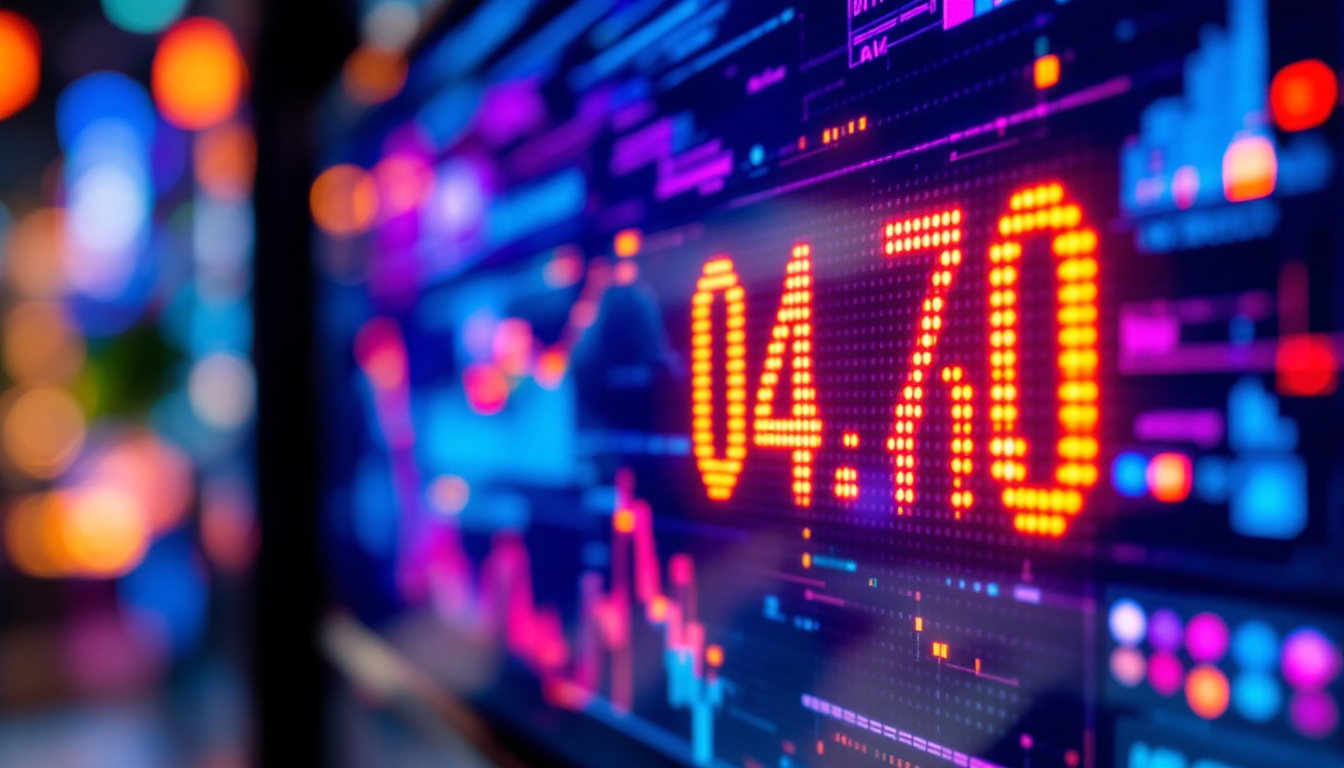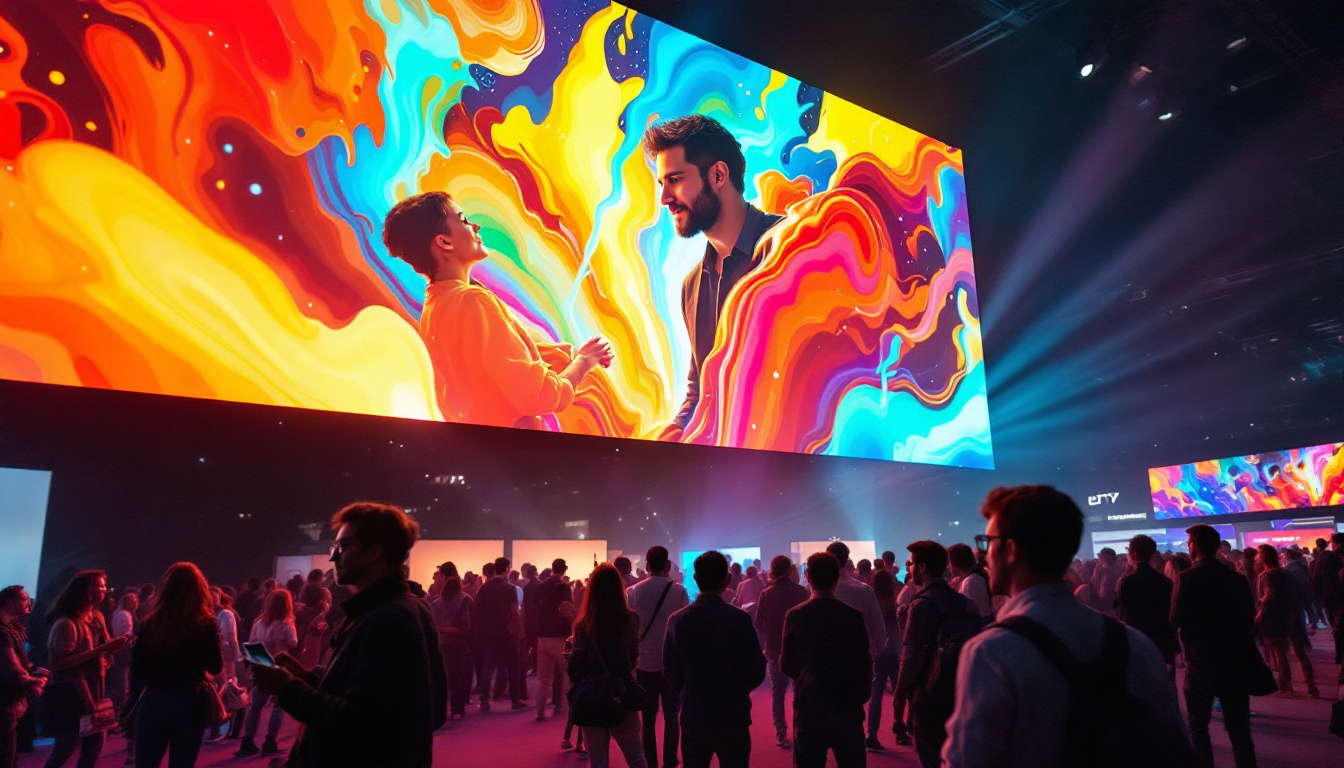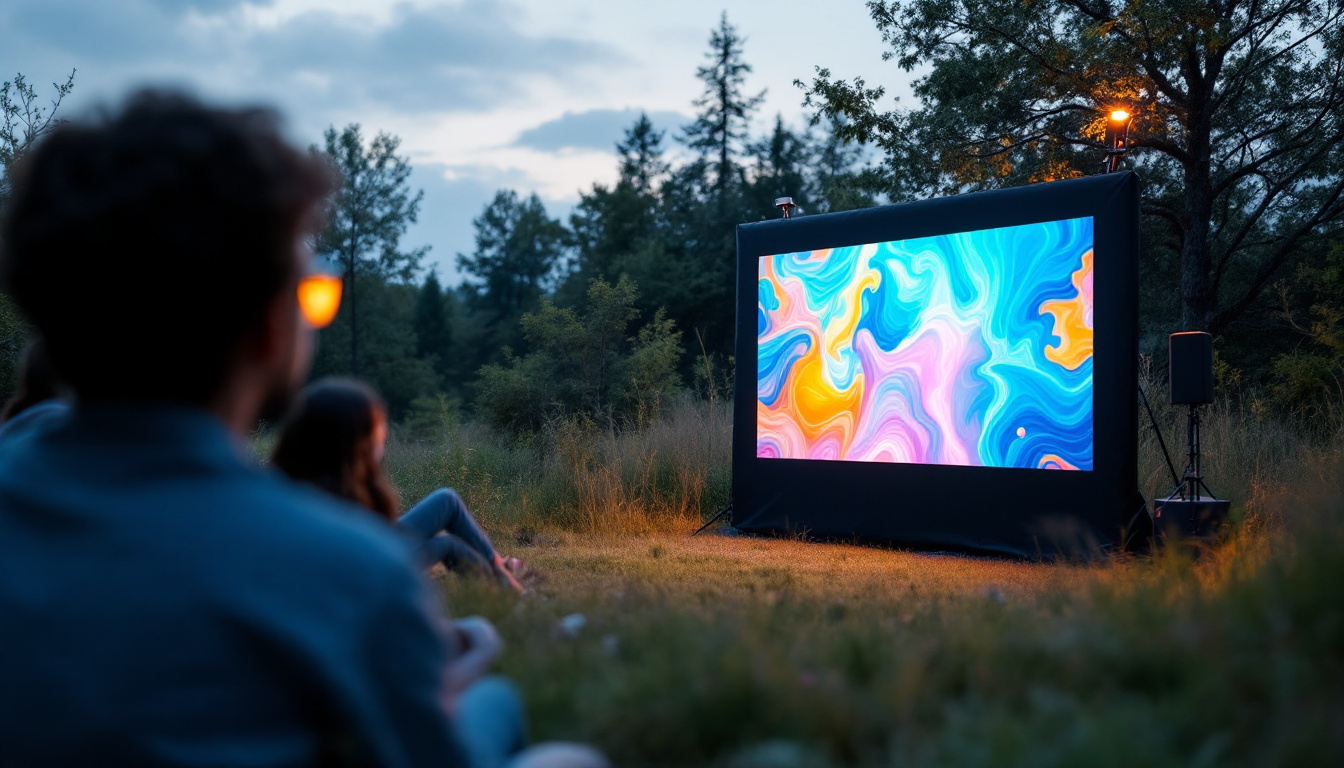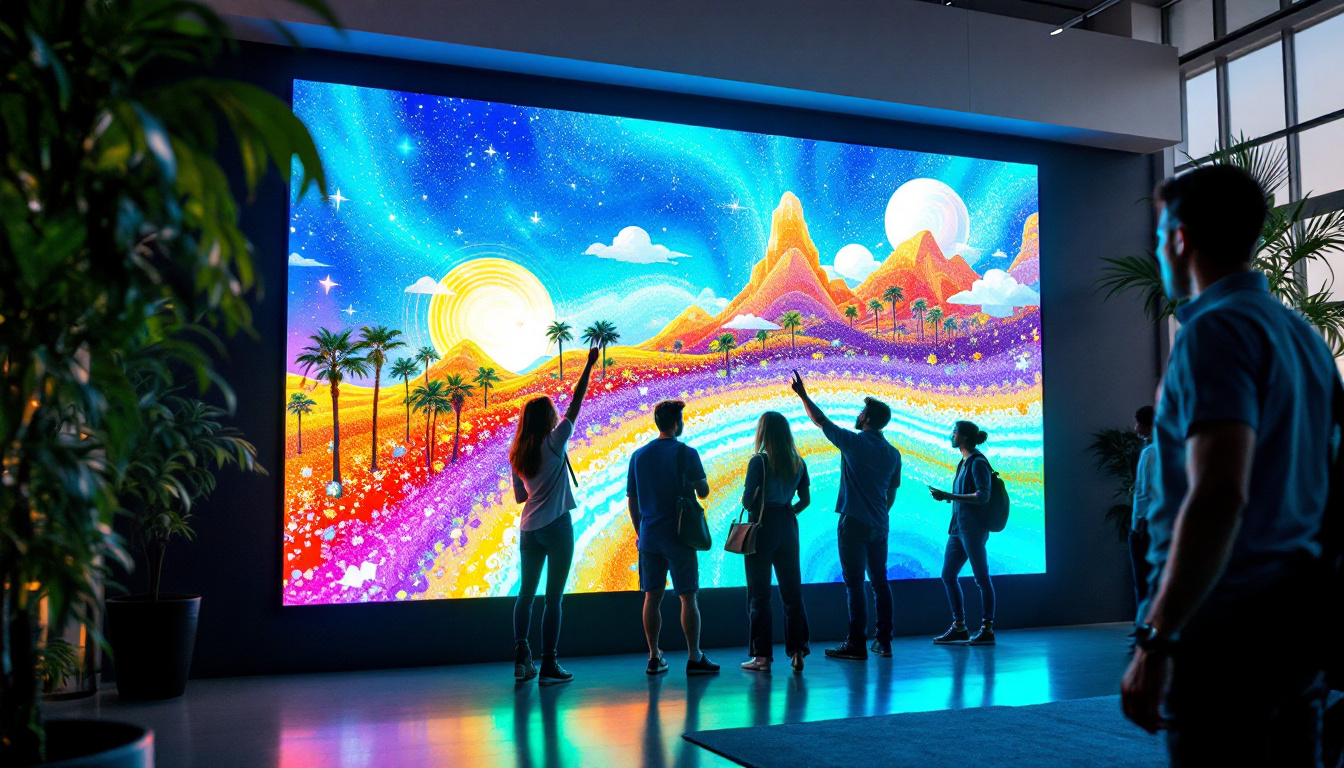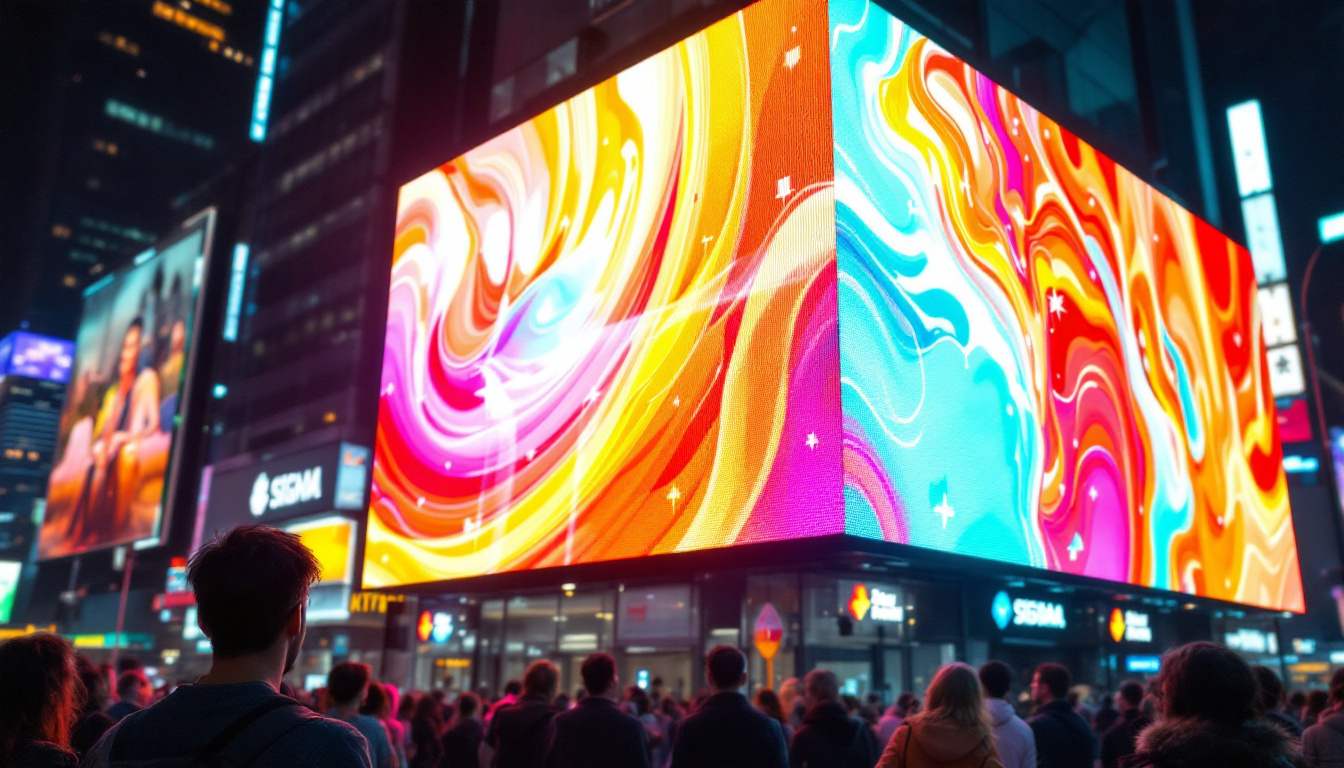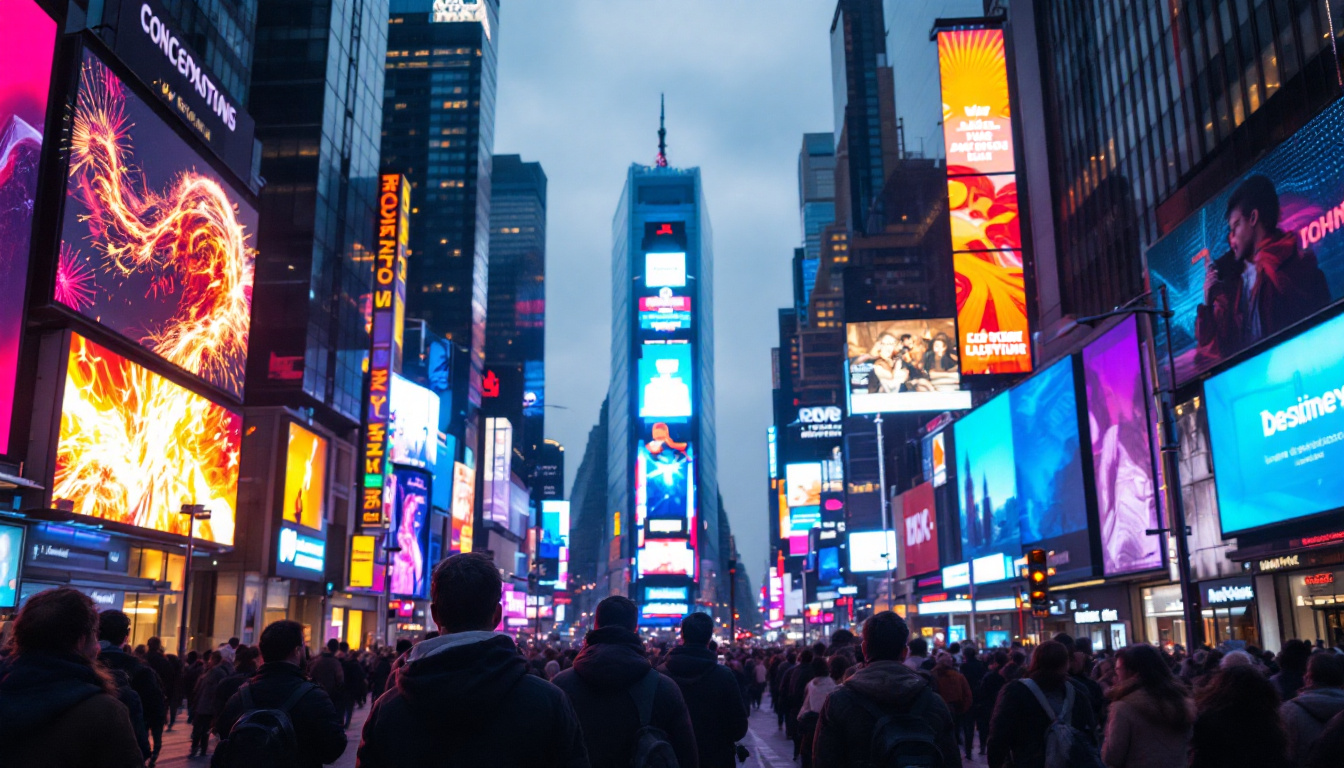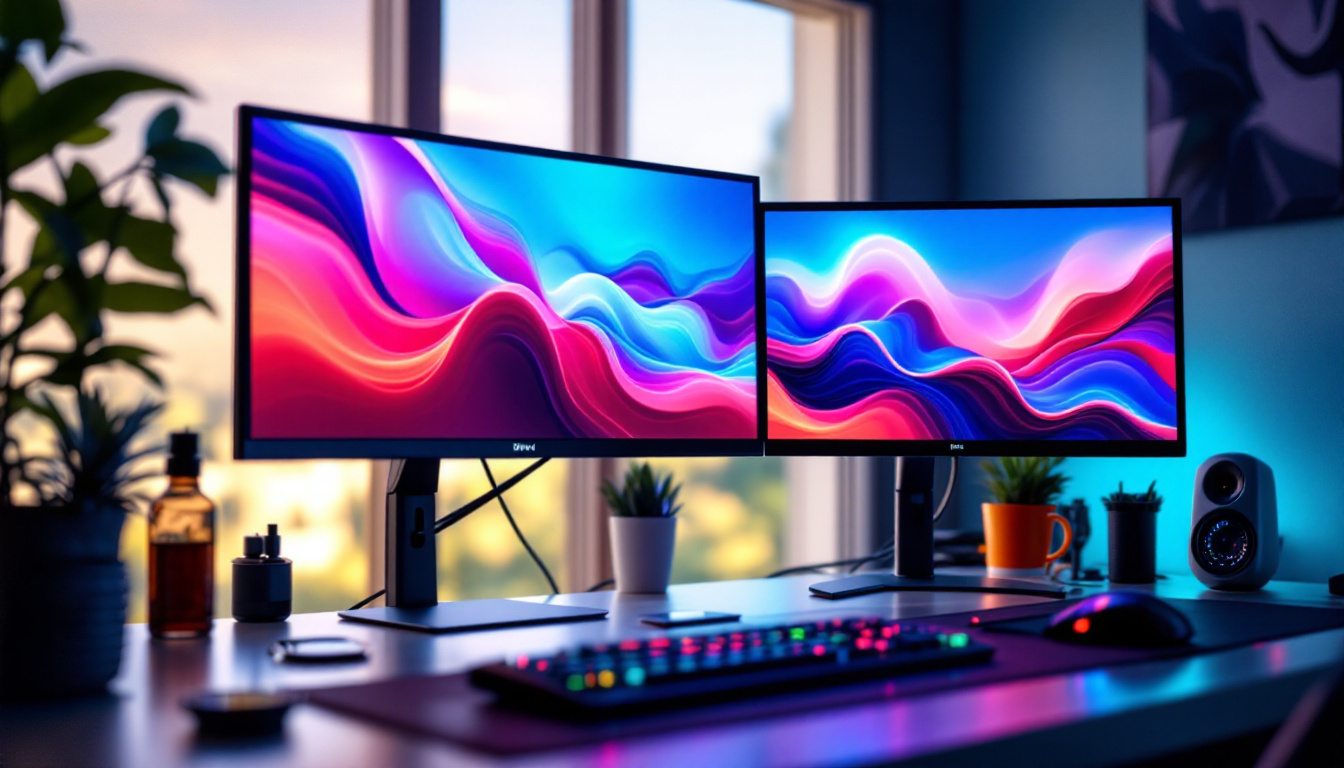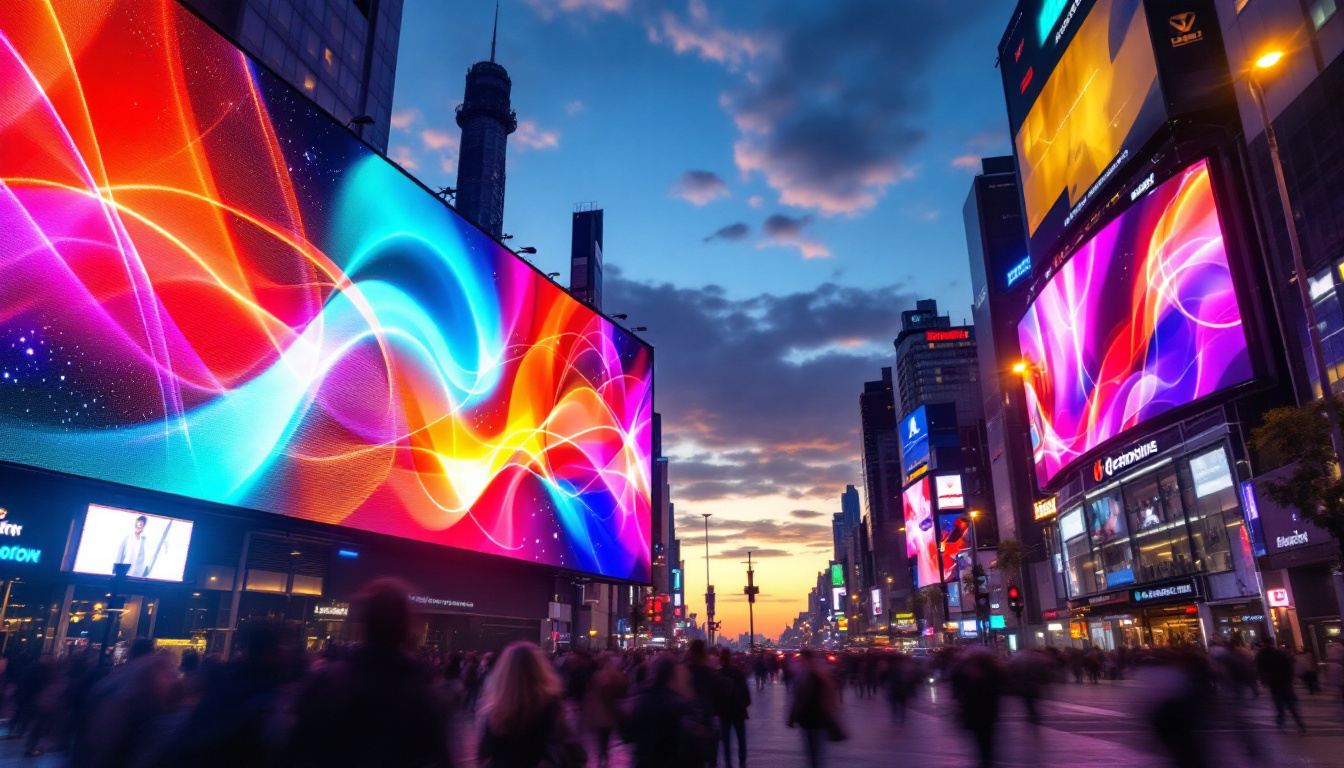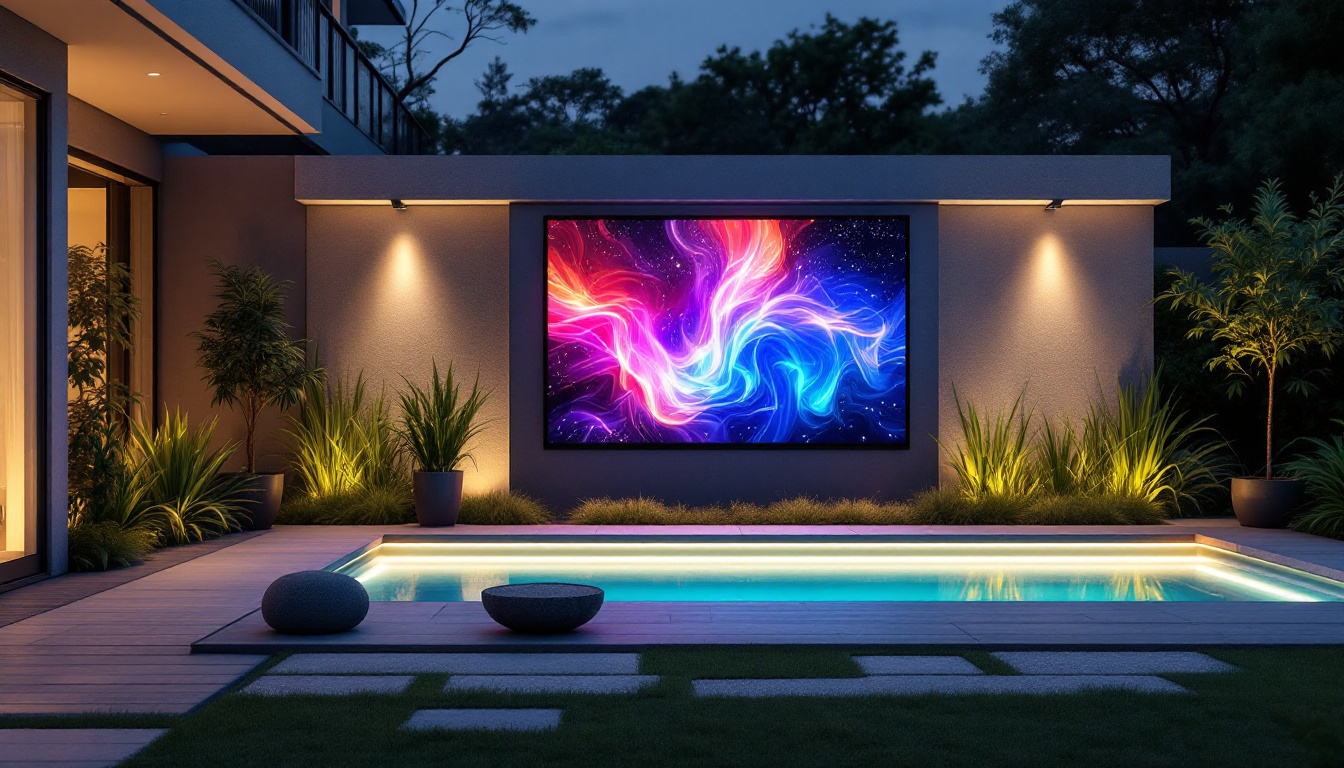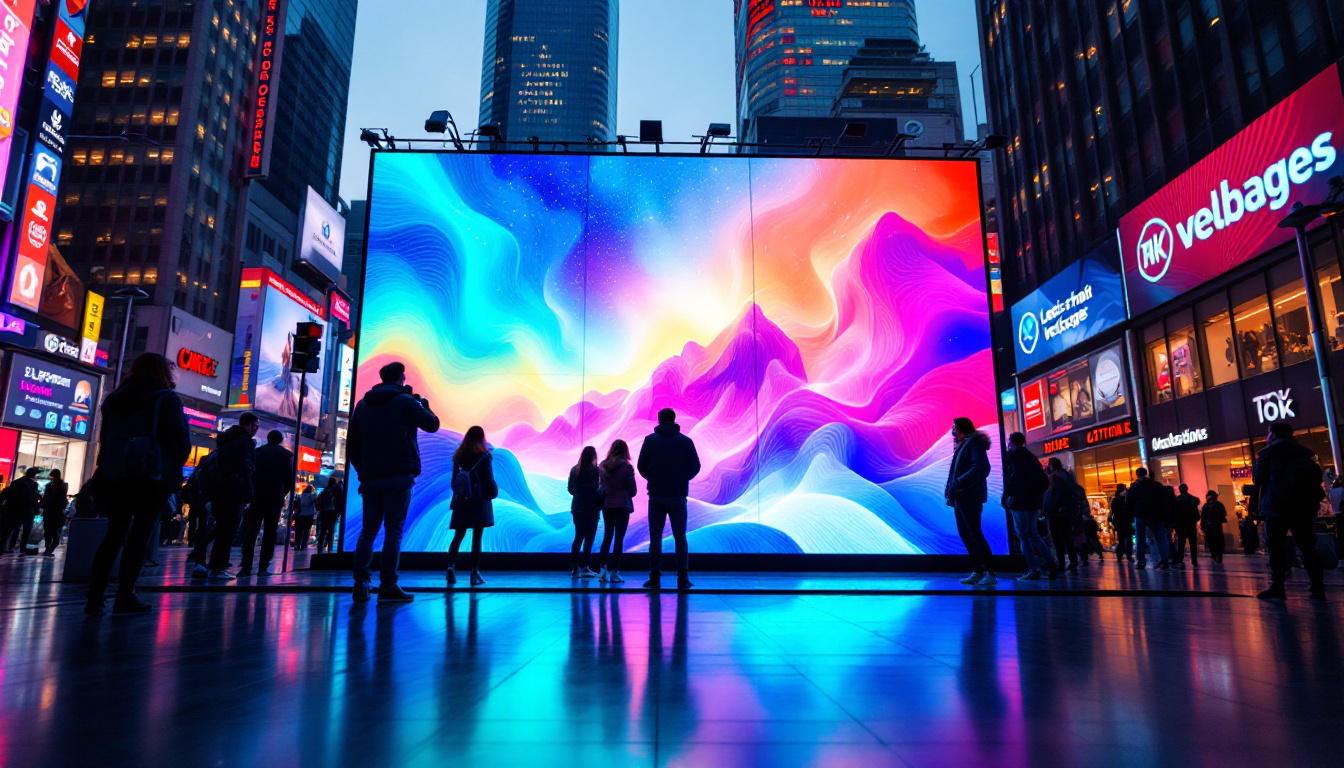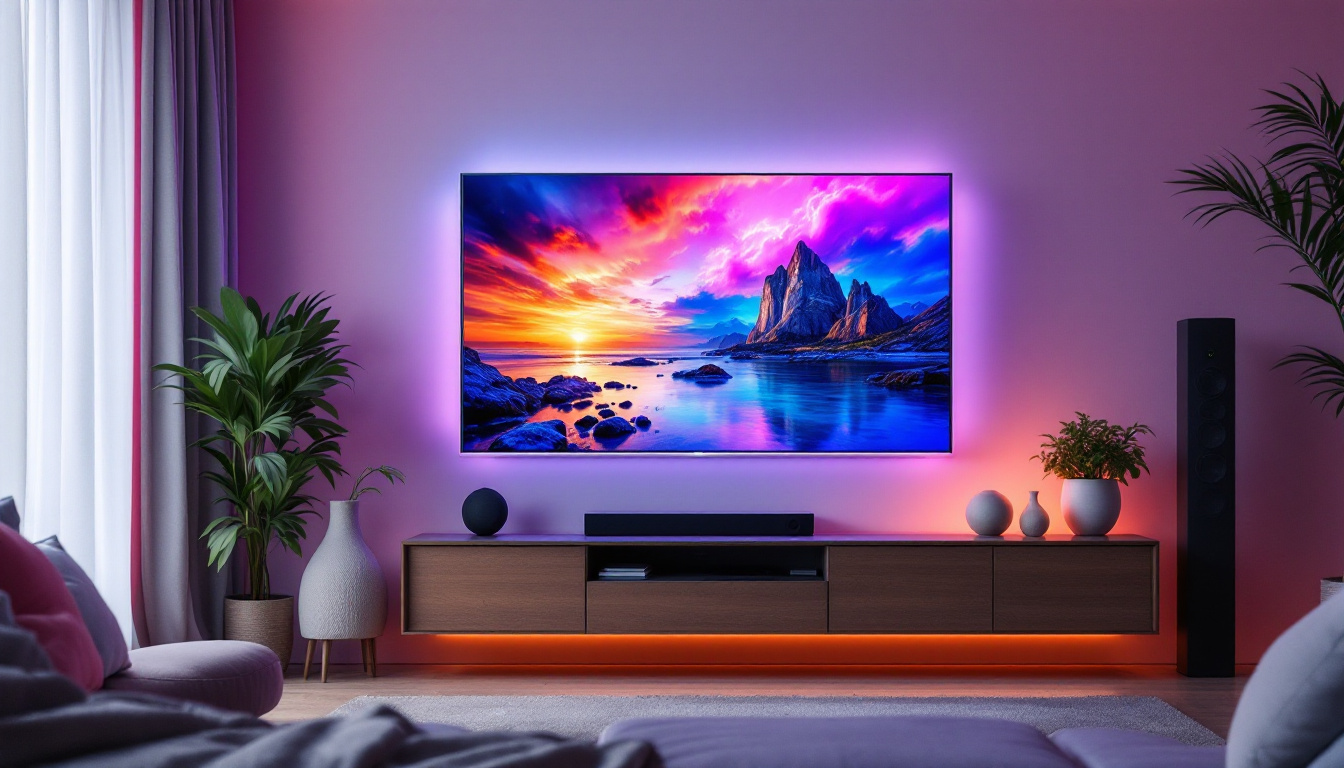In today’s visually driven world, the demand for high-quality displays has never been greater. From corporate presentations to live events, the choice of display technology can significantly impact the effectiveness of communication. Among the various options available, LED (Light Emitting Diode) displays have emerged as a leading choice for professional screens. This article delves into the intricacies of LED displays, exploring their technology, applications, and advantages.
The Basics of LED Technology
What is LED?
LED stands for Light Emitting Diode, a semiconductor device that emits light when an electric current passes through it. Unlike traditional incandescent bulbs, which produce light by heating a filament, LEDs generate light through electroluminescence. This fundamental difference contributes to their efficiency and longevity. LEDs can last up to 25 times longer than incandescent bulbs, significantly reducing the need for frequent replacements and maintenance. This durability makes them an excellent choice for both residential and commercial lighting solutions.
LEDs can be used individually or combined to form larger displays. In professional screens, multiple LEDs are arranged in a grid to create a cohesive image. This modularity allows for various configurations and sizes, making LED displays versatile for numerous applications. From vibrant billboards illuminating city streets to sleek screens in conference rooms, the adaptability of LED technology meets the demands of diverse environments and purposes.
Types of LED Displays
There are several types of LED displays, each suited for different use cases. The most common types include:
- Direct View LED (DVLED): These displays consist of individual LED modules that can be combined to form large screens. They are often used in outdoor advertising and large venues due to their brightness and visibility. Their ability to withstand harsh weather conditions makes them ideal for stadiums and public events.
- LED-backlit LCD: This technology combines traditional LCD screens with LED backlighting. It enhances color accuracy and contrast, making it suitable for indoor environments where high-quality visuals are essential. This type of display is commonly found in televisions and computer monitors, providing users with a vibrant viewing experience.
- Organic LED (OLED): A newer technology that uses organic compounds to emit light. OLED displays offer superior color reproduction and contrast ratios but are typically more expensive than traditional LED displays. Their thin profile and flexibility allow for innovative designs, such as curved screens and even wearable technology.
How LED Displays Work
LED displays operate on a simple principle: when an electric current flows through the semiconductor material, it emits light. In a typical LED display, each pixel is made up of red, green, and blue (RGB) LEDs. By adjusting the intensity of each color, the display can produce a wide range of colors and create images. This RGB combination enables the creation of millions of colors, allowing for stunning visuals that can captivate audiences in any setting.
The resolution of an LED display is determined by the number of pixels it contains. Higher pixel density results in sharper images, making it crucial for applications where detail is paramount, such as digital signage and broadcast studios. Additionally, advancements in technology have led to the development of microLED displays, which utilize tiny individual LEDs to create even higher resolutions and better color accuracy. This innovation promises to revolutionize the display industry, offering unprecedented visual experiences for consumers and professionals alike.
Applications of LED Displays
Corporate and Commercial Use
In the corporate world, LED displays are increasingly used for presentations, conferences, and meetings. Their ability to produce bright, vibrant images ensures that content is easily visible, even in well-lit environments. Moreover, their modular design allows companies to create custom-sized screens that fit their specific needs.
Retailers also leverage LED displays for advertising and promotions. Digital signage can attract customers’ attention and convey information quickly and effectively. With the ability to change content in real-time, businesses can adapt their messaging based on trends, seasons, or events.
Events and Entertainment
LED displays are a staple in the events and entertainment industry. Concerts, festivals, and sporting events utilize large LED screens to enhance the audience’s experience. These displays can showcase live feeds, graphics, and animations, creating an immersive atmosphere.
Moreover, the portability of LED panels makes them ideal for temporary installations. Event organizers can easily set up and dismantle screens, allowing for flexibility in staging and design.
Broadcast and Media
In the realm of broadcast and media, LED displays play a crucial role in studios and control rooms. Their high resolution and color accuracy are essential for producing quality content. Newsrooms, for instance, use LED screens to display graphics, video feeds, and information in real-time, ensuring that viewers receive up-to-date news.
Furthermore, LED technology is increasingly being integrated into video walls, where multiple screens are combined to create a larger display. This setup is particularly useful for live broadcasts, where multiple angles or feeds need to be shown simultaneously.
Advantages of LED Displays
Energy Efficiency
One of the most significant advantages of LED displays is their energy efficiency. Compared to traditional display technologies, LEDs consume significantly less power. This not only reduces operational costs but also minimizes environmental impact, making them a more sustainable choice.
Additionally, LED displays generate less heat, which can prolong their lifespan and reduce the need for extensive cooling systems. This efficiency is particularly beneficial in large installations where multiple displays are used.
Brightness and Visibility
LED displays are known for their exceptional brightness, making them suitable for both indoor and outdoor use. The ability to produce vivid colors and high contrast ratios ensures that images remain clear and engaging, regardless of ambient lighting conditions.
This quality is especially important for outdoor applications, where sunlight can wash out traditional displays. LED technology allows for visibility even in direct sunlight, making it a preferred choice for billboards and outdoor advertising.
Durability and Longevity
LED displays are built to last. Their robust construction makes them resistant to shocks, vibrations, and environmental factors. This durability is crucial for outdoor displays, which must withstand harsh weather conditions.
Moreover, LED technology offers a longer lifespan compared to traditional displays. While LCDs may require replacement after a few years, LED displays can last upwards of 100,000 hours, providing a cost-effective solution for businesses and organizations.
Challenges and Considerations
Initial Cost
While LED displays offer numerous advantages, the initial investment can be a barrier for some organizations. High-quality LED technology can be more expensive than traditional display options, which may deter smaller businesses or those with limited budgets.
However, it is essential to consider the long-term benefits, including energy savings and reduced maintenance costs, which can offset the initial expenditure over time.
Viewing Angles
Another consideration when selecting LED displays is the viewing angle. Some LED technologies may have limited viewing angles, which can affect the visibility of content for audiences positioned at certain angles. It is crucial to choose displays with wide viewing angles, especially for large installations where viewers may be spread out.
Maintenance and Calibration
While LED displays are generally low-maintenance, they do require periodic calibration to ensure optimal performance. Color accuracy and brightness may drift over time, necessitating adjustments to maintain image quality.
Organizations should factor in the need for professional maintenance and calibration services when planning their LED display installations. This ensures that the displays continue to perform at their best throughout their lifespan.
Future Trends in LED Display Technology
Advancements in Resolution
The demand for higher resolution displays continues to grow, and LED technology is evolving to meet this need. Innovations such as microLED and miniLED are paving the way for displays with even greater pixel density, resulting in sharper images and enhanced color accuracy.
These advancements are particularly relevant for applications in virtual reality, augmented reality, and high-definition broadcasting, where detail is paramount. As technology progresses, the line between reality and digital displays will continue to blur.
Integration with Smart Technology
As smart technology becomes increasingly prevalent, LED displays are also evolving to integrate with IoT (Internet of Things) systems. This integration allows for remote management, real-time content updates, and enhanced interactivity.
For instance, businesses can utilize data analytics to tailor their messaging based on customer behavior and preferences. This level of customization can significantly enhance the effectiveness of digital signage and advertising campaigns.
Sustainability and Eco-Friendly Solutions
With growing concerns about environmental sustainability, the LED display industry is also focusing on eco-friendly solutions. Manufacturers are exploring ways to reduce the environmental impact of production and disposal, such as using recyclable materials and energy-efficient manufacturing processes.
As consumers become more environmentally conscious, businesses that adopt sustainable practices in their display technologies may gain a competitive edge, appealing to a broader audience.
Conclusion
LED displays have revolutionized the way information is presented across various industries. Their energy efficiency, brightness, and durability make them a preferred choice for professional screens in corporate, commercial, and entertainment settings. While challenges such as initial costs and maintenance exist, the long-term benefits often outweigh these concerns.
As technology continues to advance, LED displays will likely become even more integral to communication and marketing strategies. By staying informed about the latest trends and innovations, organizations can leverage LED technology to enhance their visual communication and engage their audiences effectively.
In a world where first impressions matter, investing in high-quality LED displays can be a game-changer, ensuring that messages are not only seen but also remembered.
Discover LumenMatrix LED Display Solutions
Ready to elevate your visual communication with cutting-edge LED technology? Explore LumenMatrix’s comprehensive range of LED display modules, designed to captivate your audience and amplify your message. From Indoor and Outdoor LED Walls to innovative solutions like Vehicle Displays, LED Posters, and Transparent Displays, LumenMatrix is at the forefront of creating immersive visual experiences. Whether you’re looking to engage fans with a dynamic Sports Display or make a statement with a Custom LED Design, our mission is to empower your brand with unparalleled clarity and impact. Check out LumenMatrix LED Display Solutions today and see your vision come to life.

